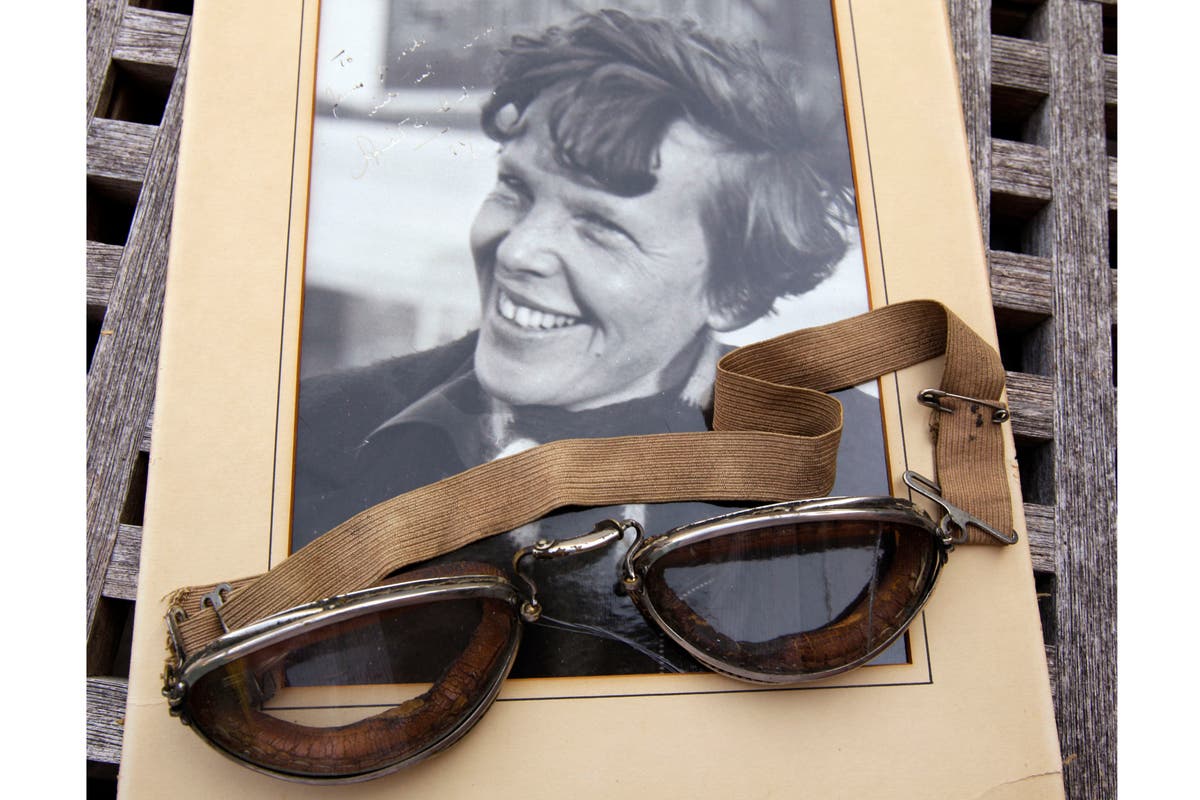
Earhart and Noonan vanished in 1937 while on a quest to circumnavigate the globe. The trip would have made Earhart the first female pilot to fly around the world.
Nearly a century later, neither of their bodies nor their plane have been definitively recovered — becoming one of the greatest mysteries of all time and generating countless theories as to what may have happened.
[...]
The team spotted the plane-shaped object between Australia and Hawaii, about 100 miles off Howland Island, which is where Earhart and her navigator, Fred Noonan, were supposed to refuel but never arrived.
The shape of the object in the sonar images closely resembles Earhart's aircraft, a Lockheed Electra, both in size and tail.

Amelia Earhart mystery gets new wrinkle after plane-shaped object found by sub
The potential discovery of Amelia Earhart’s lost plane could shake up everything we know about her disappearance, Graig Graziosi writes
Deep sea scanning company believes it may have found Amelia Earhart's lost plane
“Well you’d be hard-pressed to convince me that’s anything but an aircraft, for one, and two, that it’s not Amelia’s aircraft,” Deep Sea Vision’s founder, Tony Romeo, said in an interview with NBC's Today show. “There’s no other known crashes in the area, and certainly not of that era in that kind of design with the tail that you see clearly in the image.”
[...]
In 2018, researchers used modern forensics to examine a set of human remains found on Nikumaroro Island in 1940 that were candidates for the remains of Earhart. According to Richard L. Jantz, an anthropology professor at the University of Tennessee, studied the remains and determined that they are likely those of Earhart.
Mr Jantz theorised that Earhart landed her plane on Nikumaroo and died as a castaway on the island, according to The Florida Times-Union.
(staff repositioned photo for optimum searching)
Last edited by a moderator:



